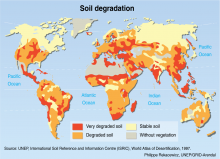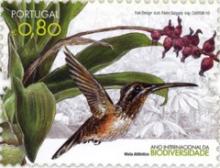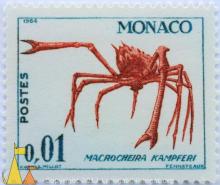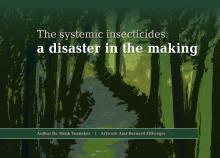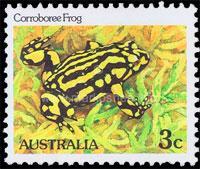Vizepräsident der Landesjägerschaft Niedersachsen, Josef Schröer, kritisiert die ohne Augenmaß auf Flora und Fauna vorangetriebene Entwicklung der Landwirtschaft
Wenig hoffnungsvoll klangen die Prognosen der Jagdpächter über den Wildbesatz in den einzelnen Revieren des Hegerings Altenoythe im Hinblick auf die anstehende Jagdsaison. Sie hatten sich jetzt zur Herbstversammlung in der Gaststätte Dumstorff getroffen. Bei den Fasanen lautete die Einschätzung: „wenig bis nichts“. Die Hasenstärke wurde von „wissen wir nicht“ über „vielleicht“ bis „geht und gut“ beschrieben. Bei den Kaninchen lautete der Tenor: „Sie sind wieder krank“. Aus allen Revieren hieß es, dass der Fuchsbestand stark rückläufig sei, da das Tier an Staupe erkrankt sei. Die Aufmerksamkeit der Altenoyther Jäger sicherte sich der Vizepräsident der Landesjägerschaft Niedersachsen, Josef Schröer, bei seinem mit großer Leidenschaft vorgetragenem Referat zum Thema „Artenvielfalt im Wandel der Landwirtschaft – Bleiben Hase, Fasan und Rebhuhn auf der Strecke?“. Schröer kritisierte die ohne Augenmaß auf Flora und Fauna vorangetriebene Entwicklung der Landwirtschaft, die von der Flurbereinigung über den Einsatz von Pestiziden und Insektiziden bis hin zu Biogasanlagen und den damit verbunden Monokulturen und deren Erntemethoden reichten. Neben den genannten Niederwildtierarten seien auch viele andere Tierarten fast aus der Natur verschwunden. Die Liste reiche vom Birkhuhn über Schnepfen, Kiebitz und Sperling bis zu den Insekten, und auch beim Niederwild sei „das Ende der Fahnenstange“ noch nicht erreicht. Er forderte mehr Biotope, Wallhecken, Blühstreifen und „Lerchenfenster“.


